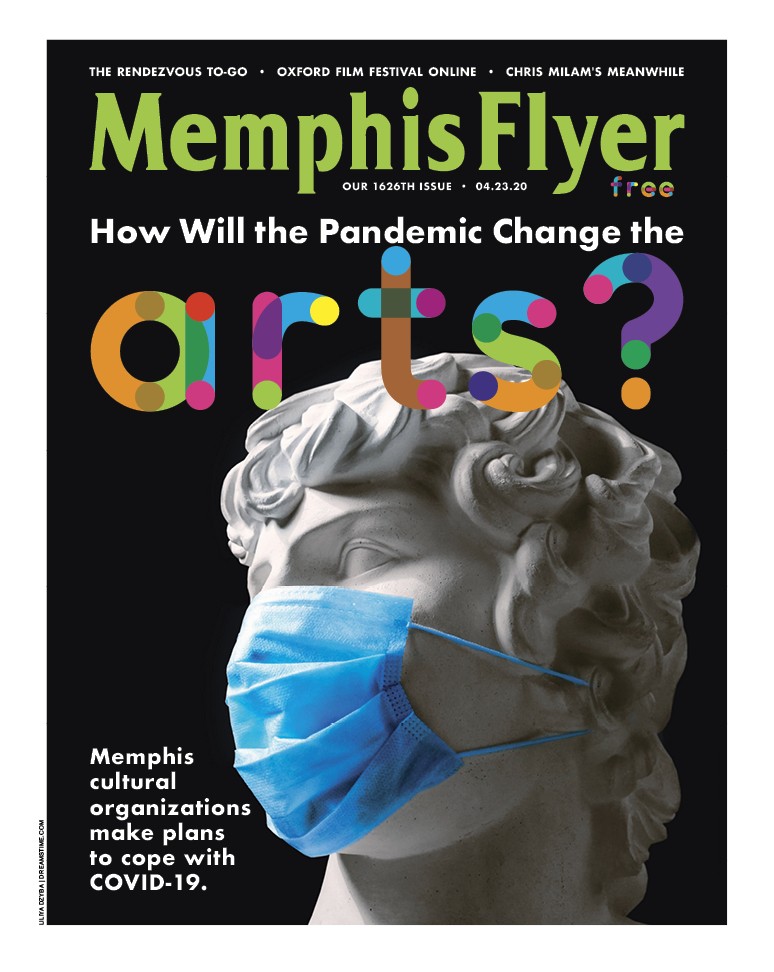We live in a scary world. A world in which just existing as a person of color is enough to get you killed. A world in which running, walking down the street, bird-watching, or sleeping in our own homes (to name just a few activities) can lead to threats, violence, and even death. 
In the wake of George Floyd’s death at the knee of a white Minneapolis police officer, and other recent violence toward black Americans, last week a black mother in Memphis, turned to Nextdoor.com to plead with neighbors for her son’s safety and life.
In a post titled “Nice young man. Don’t harm,” the woman asked for neighbors to look out for her 14-year-old son and keep him safe if they see him jogging, walking their dog, or riding his bike.
“The way things are happening these days I fear anyone that would abuse their position and falsely accuse my son of any random crime,” she wrote. “Please look out for him and protect him if you see anyone that mistakes him as a criminal.”
Her son is barely into puberty and she has to plead for him to be able to do the things that teenage boys should be able to do in America, “the land of the free,” without thinking twice about it and without fear or reservation.
But, like many, this mother recognizes the reality that life in America isn’t always just and therefore isn’t always safe for people of color. No one wants their son, father, brother, uncle, or cousin to become the next headline or hashtag.
That said, people are angry. And rightfully so. We’ve seen this anger and frustration play out over the past week through protests, marches, and in some cases violence. It should also be said that this outrage expressed by people now is also a response to years and years and years of oppression. It represents the emotional outpouring from generations of systemic racism.
The system was built on racism. It’s true. America was built on the backs of people of color who were displaced, misused, and abused. Now, we have laws to prevent overt acts of discrimination, but when a police officer kills a man in broad daylight, one begins to wonder whether or not those laws are actually protecting people. One begins to wonder if America has really progressed — or if it is regressing.
It’s not only anger causing people to speak up now, but sadness, fear, heartbreak, and exhaustion. People can take only so much before they break, before they lash out. Martin Luther King Jr. said “a riot is the language of the unheard.” Well, black people have been unheard for years, and desperation leads people to do what may seem unreasonable in the eyes of some.
People of color constantly live in fear of being racially profiled, mistreated, accused, or even killed. This is a reality that has to be addressed, now.
White people have never had to live with the lingering fear of being persecuted because of how their skin looks. Therefore, they have no right to dismiss or minimize the struggles of people of color.
No one should continue to be a bystander to racism. Your silence makes you complicit. Your inaction makes you a part of the problem.
No matter your race, you should be angry and fed up. Let your anger lead to action. Be an ally. Vote. Speak up. We cannot be silent anymore. We cannot overlook or ignore the injustices happening around us to our neighbors. Stand with those who are upset. Hear their pain.
Will George Floyd be the last hashtag? Or will his name be added to — and buried in — the long list of black people unjustly killed at the hands of the police? Will this be a turning point in American history? Or will it continue and continue? This cannot be the reality for the next generation. It’s been long enough. It’s a matter of humanity.
Police departments have to be reformed. Officers have to be trained to de-escalate. There needs to be a revolution of values. It goes without saying that not all police officers are racist or intent on causing harm, but it’s hard for black people to trust an agency that for years has not been on our side. In order for trust to be built, there has to be a change.
There will be no peace until there is justice for all.
Maya Smith is a Flyer staff writer.




